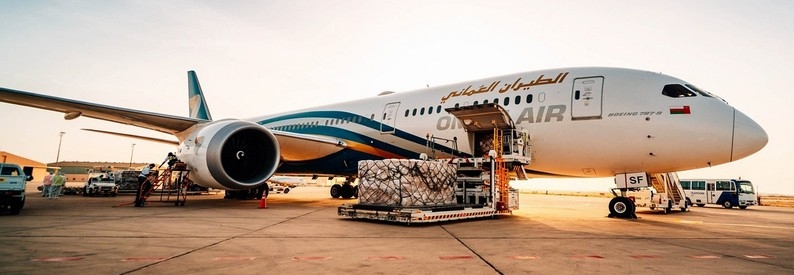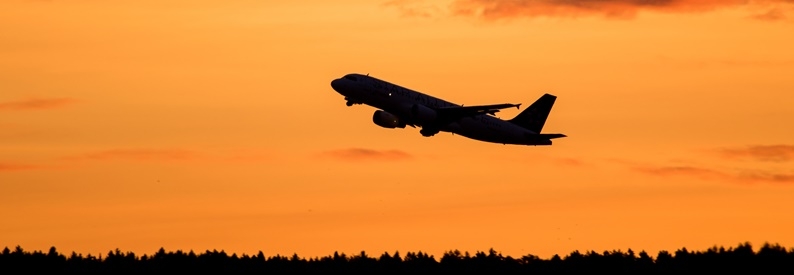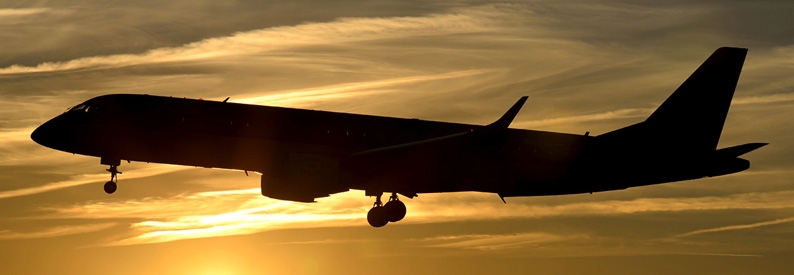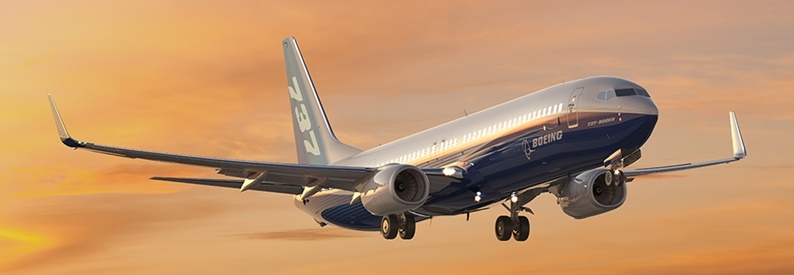Con Korfiatis, the new chief executive of Oman Air (WY, Muscat), says the carrier has to simplify its widebody fleet, which is currently composed of A330-200s, A330-300s, B787-8s, and B787-9s.
“No transformation I’ve seen succeeds through growth. You’ve got to strip away things, fix the foundations and then grow,” he recently told Arabian Aerospace in an interview, adding that in the longer term, the company must make a decision regarding its widebody fleet without clarifying when that decision could be made.
The ch-aviation fleets module shows that Oman Air has four A330-200s (all currently wet-leased to Qatar Airways), six A330-300s (half wet-leased to Qatar Airways, half stored), two B787-8s, and eight B787-9s. Additionally, it has seven B787-9s on order from Boeing.
Moreover, the A330-300s have two different seat configurations (the Qatar-leased jets have a total seat count of 289 passengers, and the stored airframes have 230 seats), as do the B787-9s (five have capacity for 288 passengers and two for 264). “We’ve got two different types of 787 with three [cabin] configurations and two types of A330s with three configurations. We’ve got to simplify the fleet,” he said, adding that transformation has its challenges and management will have to make some difficult decisions, “but improvement opportunities are most definitely there.”
For its narrowbody operations, Oman Air has thirteen B737-8s, six B737-800s, and five B737-900ERs, plus one B737-800(BCF). However, the carrier plans to become an all-B737 MAX operator and expects all the other passenger narrowbodies to come off-lease progressively through 2026. Korfiatis added that Oman will need more narrowbodies in the future but did not specify a type.
ch-aviation has reached out to Oman Air for comment.
The state-owned carrier is currently undergoing a transformation programme to strengthen its financial position and stabilise its operations. It recently announced raising additional capital through a private placement.







